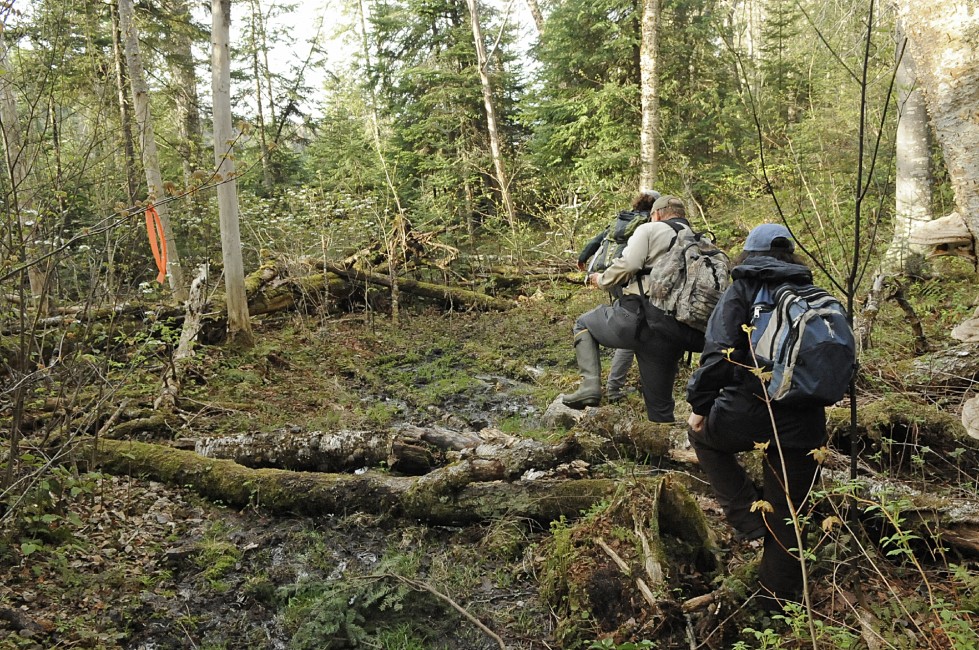
May 1, 2015
A Walk in the Park
- as seen by -
 Julie Larsen
Julie Larsen
Bushwhacking through nearly impenetrable bogs in the central woods of the Adirondacks, I am little more than bait as I swat away the black flies that swarm my skin.
Thinking these mountains in northern New York would be a walk in the park, I regret packing so much camera gear. My bag is bulky, bulging from my back like a turtle’s shell. I get caught on every branch I bend beneath. I stop for a photo in the thick and thorny scrub to focus on some fiddlehead ferns. Instead, I fall in the fen, ripping my pants down the back in the process.
“This is not a walk in the park,” I say to myself, “but a wild exploration that only moose, black bears, and gray jays could love.”
The dense woodlands that surround the waters of the Adirondacks are the largest publicly protected area in the contiguous United States. About six million acres of boreal forests, mountains, and lakes are within its boundaries—half are public lands, the other half private.
The winds are changing for the region, even though I can’t tell through the hole in my pants. Expansion is not sitting well with the wild side. Roads are pushing through wild areas to connect communities. Sensitive species that like interior forests are being exposed as second-home development moves across the landscape. Wildlife is feeling the pressure.
WCS conservationists are studying the impacts of development as they work within the mixed-use districts to find a common ground.
EDITOR’S NOTE: Here’s your chance to immerse yourself in the Adirondacks in a new way – on a bike. Cycle Adirondacks is the first week-long, fully supported road tour of this magical area. Check out our website for details and registration.
Nikon D2
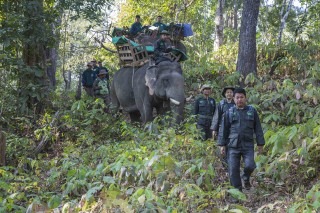
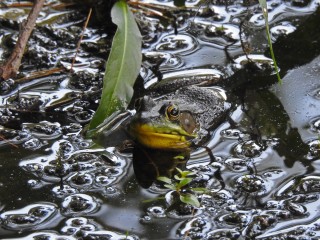
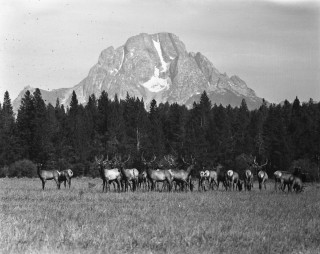
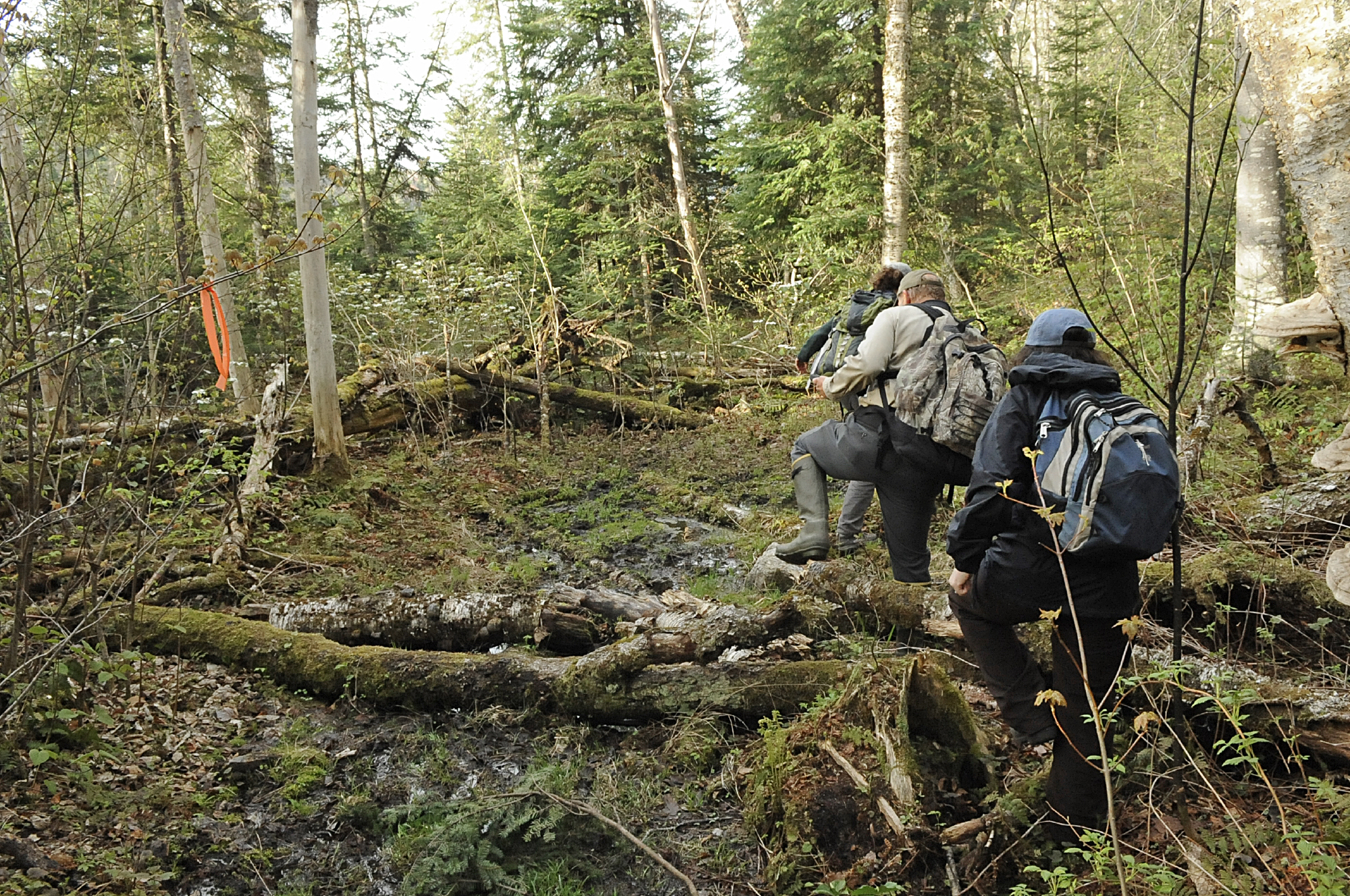
Leave a Comment